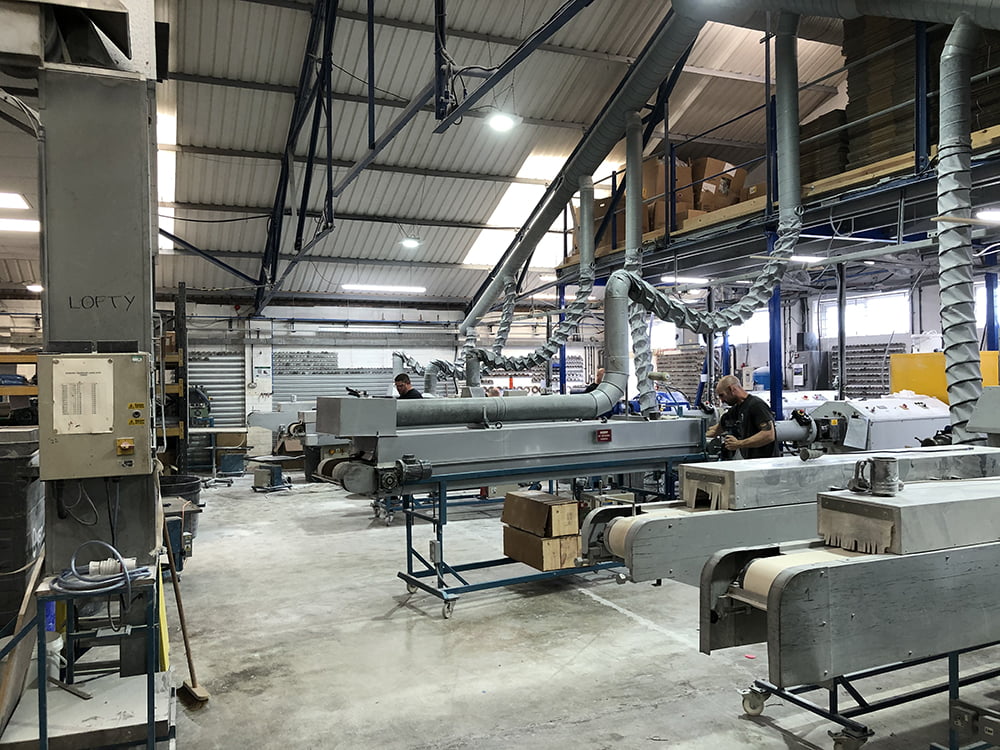Menu
Sales: +44 (0)1903 205532
Sales: +44 (0)1903 205532
Save money and time and get faster results with 3D printed silicone moulds. 3D printed silicone moulding is a new manufacturing process. It is ideal for rapidly testing ideas and for low volume production.
3D printing silicone prototyping is a new type of manufacturing process for creating silicone rubber parts. It is a much cheaper and quicker process over more traditional types of silicone prototype production, such as injection or compression moulding. Benefits of silicone 3D printing include minimal tooling costs and fast lead times.
The convenience of silicone printing makes it especially beneficial for cost-efficient, low volume production. 3D Printed silicone moulding can be used to rapidly test ideas and confirm fitness for purpose before using another moulding process for full production runs.
The 3D printing silicone moulding process requires a DLP 3D Printer, a two-part RTV or LSR silicone rubber compound, any required pigments, and a silicone injection mechanism.
The key steps in the process are:
Silicone is an incredibly resourceful material. Which is why silicone components can be found all over the industrial, pharmaceutical, and manufacturing world. Key features include:
The 3D printed silicone rubber moulding process uses a printer with a build volume of 124.8 x 70.2 x 346mm. For parts that cannot fit into this space, it may be possible to mould them in sections for assembly.
The RTV silicone grades used in the process have mechanical properties close to their compression and injection moulding equivalents. RTV silicone rubber grades are available in a range of shore hardness and colours. FDA approved silicone grades are also available.
To learn more about Viking Extrusions’ available materials visit our technical datasheets page.
Rapid Prototyping
The main application for 3D printed silicone moulding is the production of a prototype during the design and trial phases of a project. The lack of traditional tooling requirements means parts can be quickly produced and iterated upon at a fraction of the cost when compared to other moulding techniques.
Low Volume Production
If there is a requirement for a small batch of parts, 3D printing silicone moulding can provide a cost-effective alternative production method to LSR injection moulding or Compression moulding. Parts can be produced to equivalent tolerances with closely matched mechanical properties.
3D printing silicone is ideal for manufacturing prototypes and low volume parts are able to withstand high and low temperature conditions across multiple operating environments.
Some key industries include:
Food and Beverage – parts can be produced with FDA and BfR approval.
LED Lighting – Silicone rubber is increasingly being used in the LED Lighting industry. This is due to its ability to perform under high temperatures. Along with other UV and weathering-resistant properties. 3D printed moulded silicone parts can be produced in ultra-transparent RTV silicone grades. Making the process suitable for lenses and lighting covers.
Consumer Products – RTV and LSR grades used for 3D printed silicone moulds have a wide range of advantageous properties. Making them well suited for a variety of consumer products.
Yes, silicone can be 3D printed. But the technology to print the material is quite new. This is because silicone has a very high viscosity, which made it difficult to develop a way to print it in a precise way. However, now that silicone 3D printing is available, we can expect nothing short of a minor revolution in production. Especially considering silicone is ideal for countless applications.
It depends on the type of silicone used. Some moulds can last more than 20+ years, such as food grade or silicone putty. Latex moulds last between 10 and 20 years. Tin catalyst silicone moulds last approximately 5-7 years.
Silicone rubbers are generally the best materials, due to their durability and versatility.
Silicone is able to withstand extreme hot and cold temperatures. Including up to +220°C and grades can be manufactured for even hotter temperatures.
Contact our expert team of silicone engineers for advice, quotations or any other queries.

© Viking Extrusions. All Rights Reserved.
Designed by Damteq.